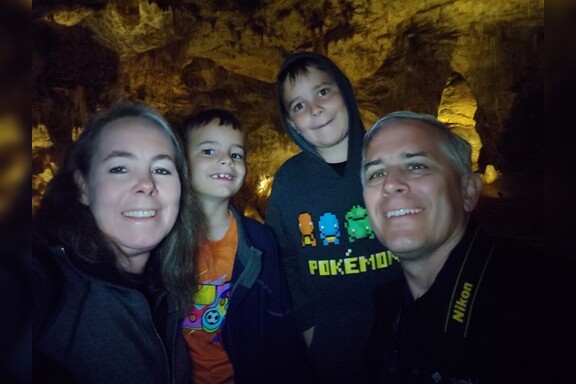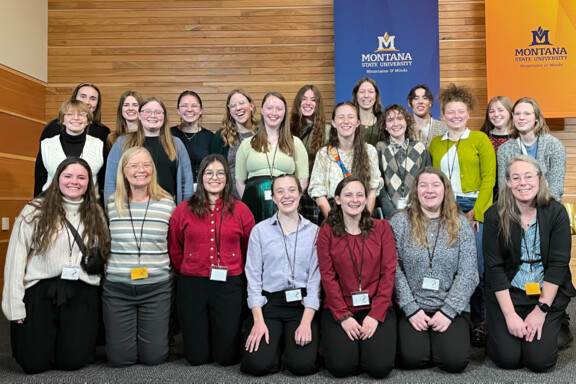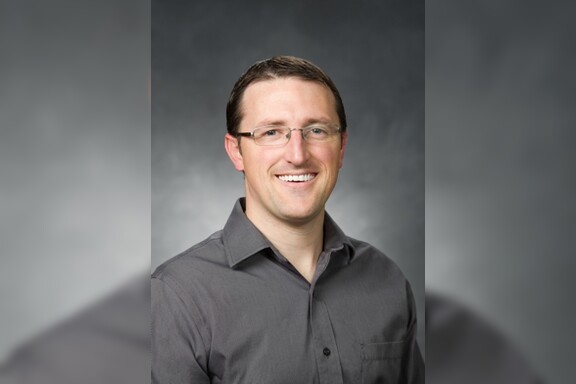
After 3 years of being offered as 513R, elementary particle physics is finally an official course and accepted for credit in the physics major! Since his arrival at BYU in 2021, Dr. Verhaaren has sought to fill a gap in the physics curriculum: a bridge between the introductory modern physics course and graduate level quantum field theory. PHSCS 522 is intended to be that bridge and to assist students in their transition from introductory ideas to mathematically precise theory. He hopes that it can help students overcome the typical lack of understanding represented in the last two panels of the above comic.
Students considering the course are advised that it is mathematically rigorous. Dr. Verhaaren explains that the class begins with a lot of formalism, but this theory is balanced by authentic simulations of particle collider experiment which connect the theory to measurements in a lab. The current teaching assistant for the course, Nathaniel Stevenson, admits that he attends the course himself to review the material so that he will be better prepared to assist students on their homework assignments. He notes that while there is a lot of math that goes into it, that’s true for any physics course. When asked to give specific advice, he suggested that if possible, students should try to be familiar with the concept of index notation (which simplifies calculations involving vectors), as that is a big component of the material.
Though the material is challenging, the newly-named particle physics class comes highly recommended. According to Stevenson, “It very well may be my favorite class that I’ve taken at BYU.” He explains that while it might not be an essential course for every physics student, it is a great course to have available for students, as it helps students get familiar with many concepts that are present in other areas of physics.
Is Physics 522 for you? Dr. Verhaaren says this course is for everybody! It is for “anybody who is also interested in the basic rules of the universe.” Stevenson adds that it is an ideal course for those who are interested in theoretical research, and both agree that it is an excellent precursor to quantum field theory. Regardless of your research interests, Physics 522 does count for the physics major, so be sure to consider it when signing up for classes for your next semester.
News and Events














